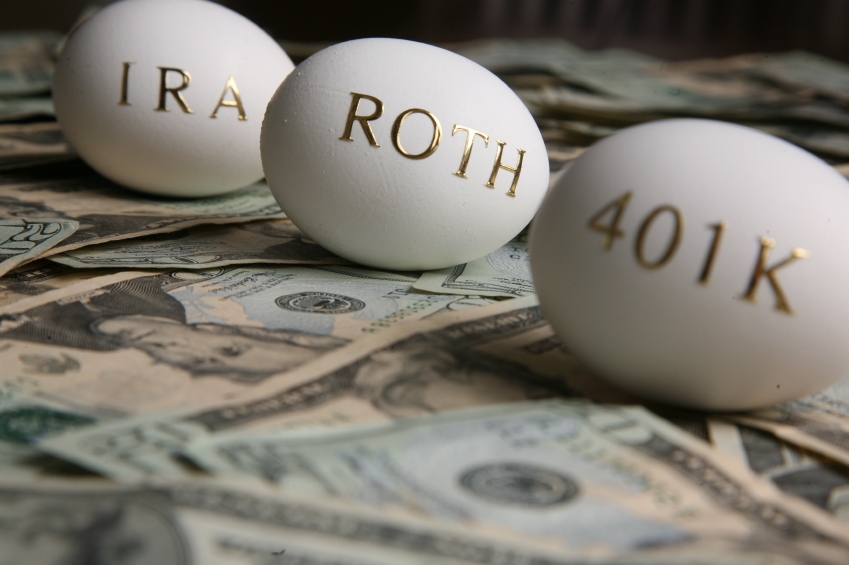Benefits
How To Put Roth IRA Distributions in Order
Practically every Roth IRA owner knows that you can take qualified distributions from the account without paying any tax on the withdrawals. That’s why many of your clients set up the Roth in the first place. But it’s not as well-known that ...
Jul. 01, 2015

(This is the second article in a three-part series on unique tax breaks for qualified plans and IRAs. Read Part I. Read Part III.)
Practically every Roth IRA owner knows that you can take qualified distributions from the account without paying any tax on the withdrawals. That’s why many of your clients set up the Roth in the first place. But it’s not as well-known that nonqualified distributions from a Roth aren’t necessarily taxable. In fact, the biggest slice of the distribution, or perhaps even all of it, may be 100 percent tax-free!
It all has to do with the “ordering rules” for Roth IRAs distributions. These rules are generally favorable to taxpayers and could produce some unexpected results.
For starters, qualified distributions from a Roth at least five years old are completely exempt from federal income tax. Qualified distributions include those made after attaining age 59½, on account of death or disability or used to pay first-time homebuyer expenses (up to a lifetime limit of $10,000). All other distributions are treated as nonqualified distributions.
But here’s the catch: Under the ordering rules for nonqualified distributions, funds are considered to be paid out of your Roth contributions first, so that portion isn’t subject to tax, while taxable earnings are treated as coming out last. The exact order is as follows:
- Regular Roth IRA contributions. These amounts may be withdrawn completely tax-free .
- Taxable conversion contributions: These are contributions from converting taxable traditional IRA funds into a Roth. These may be withdrawn tax-free, but a 10% penalty tax generally applies to distributions within five years, unless you’re age 59½ or older.
- Nontaxable conversion contributions: These are contributions from converting nontaxable traditional IRA funds into a Roth. These may be withdrawn tax-free even if they are nonqualified distributions.
- Roth IRA earnings. These amounts are fully taxable when withdrawn unless they meet the definition of qualified distributions. Also, a 10% penalty tax may apply to withdrawals made before age 59½.
Thus, you have no tax worries whatsoever if you withdraw funds from a Roth up to the amount of your contributions, regardless of your age or whether the Roth has been in existence for five years. It’s like a tax-free return of capital. You can take out the money to buy a new car, pay for a wedding or vacation or use the cash in any other manner– no questions asked.
Of course, a Roth IRA is meant to be a retirement saving device and should be viewed as such. You should caution clients not to overboard with this technique and to use it judiciously. However, it can be comforting to them to know that they have this tax break in their hip pocket.
